Staghorn Coral Facts
- This visually distinctive marine invertebrate most frequently goes by the highly unique, but descriptive, common name of the Staghorn Coral. Unlike the great majority of species, for the moment, this marvel does not possess any other generally accepted common name.
- Among scientific professionals, however, it’s perhaps much more typically referred to by its technical name. Fortunately, that’s a relatively simple term, at least as such things go. That’s because this remarkable creature bears the formal name of the Acropora cervicornis.
- This marvel received this formal name due to the work of the respected French naturalist, Jean-Baptiste Pierre Antoine de Monet. He made the first official recognition of the creature as a separate and distinct species. This scientifically noteworthy event occurred in the year 1816.
- Unfortunately, though, the population of this wonderful species has been declining rapidly since around 1970. This further seems to hold true throughout the entirety of its range. The IUCN, therefore, now lists the animal as Critically Endangered on its published Red List.
- Multiple projects to attempt to preserve the amazing Staghorn Coral, however, remain underway. The aptly-named Coral Restoration Foundation, along with other organizations, currently spearheads most of these efforts. Sadly, however, results have so far been minimal.
- This product of Nature and evolution also faces threats from numerous additional factors. These include a particularly virulent coral disease. Pollution of its habitat also constitutes a severe danger. The greatest threat it faces, however, most likely consists of climate change.
Related Articles
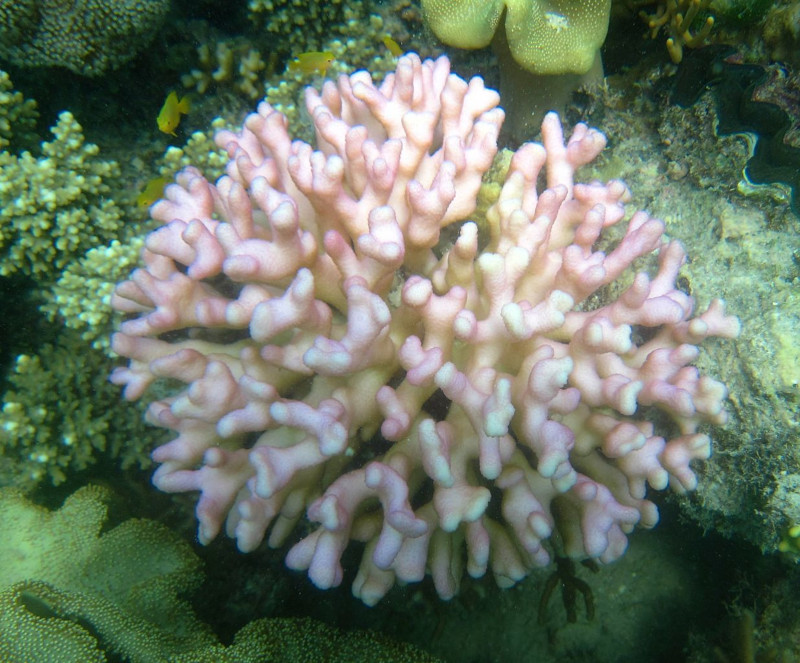
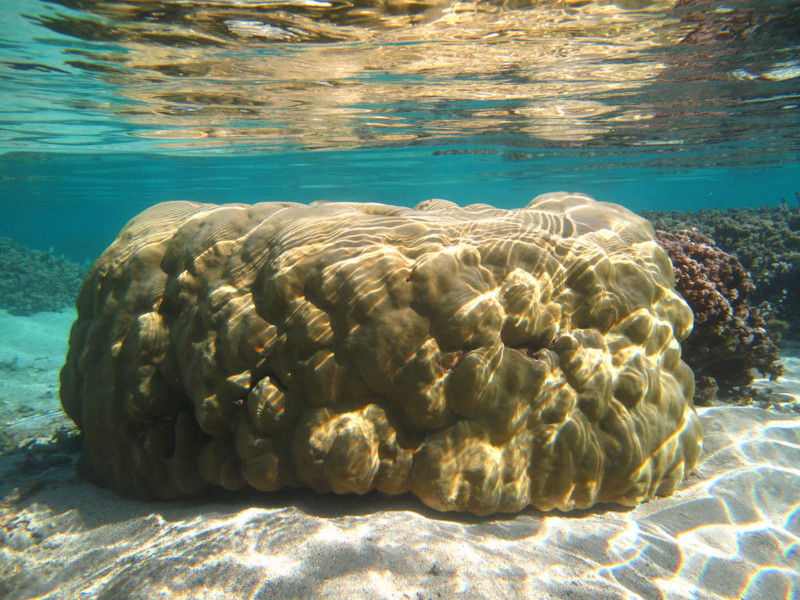
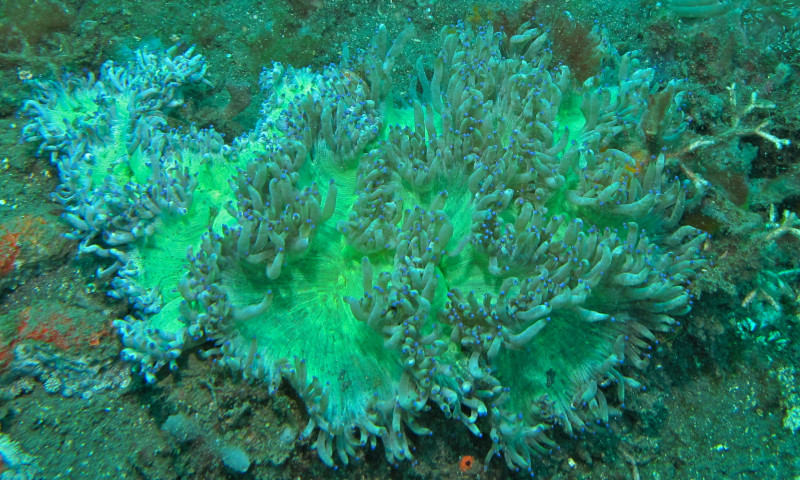
Staghorn Coral Physical Description
The magnificent Staghorn Coral easily fascinates those individuals fortunate enough to encounter the wonder. It also does this in several ways. That’s due to the unique fact that, unlike some of its kindred, this product of Nature and evolution impresses in both size and overall appearance.
Although corals understandably come in all shapes and sizes, this specific one perhaps ranks among the most unusual. That’s due to its evolved pattern of physical development. This member of its Order manifest numerous cylindrical, upward growing branches, not unlike some trees.
These features further develop as highly elongated, as well as comparatively thin structures. Each of these also branches out, frequently having multiple smaller branches. Depending on the age of the individual specimen, these vary in length from as little as 2 in (5 cm), to more than 6.5 ft (2 m).
Among older specimens of the impressive Staghorn Coral, these same branching structures also attain an average thickness measuring between 1 – 3 in ( 2.5 – 7.5 cm). These same portions of the coral typically angle upward, and rise approximately vertically from a single, relatively hard trunk.
As a general principle, the marvelous Cnidaria additionally displays a remarkably consistent pattern of coloration. This characteristic mainly consists of either a pale brown or golden tan shade. That’s further enhanced, however, by the presence of somewhat surprisingly short, bright white tips.
- Kingdom: Animalia
- Phylum: Cnidaria
- Class: Hexacorallia
- Order: Scleractinia
- Family: Acroporidae
- Genus: Acropora
- Species: A. cervicornis
Staghorn Coral Distribution, Habitat, and Ecology
Unfortunately, both for the Staghorn Coral itself, and for those who appreciate Nature, it inhabits a relatively limited portion of the marine waters of the world. Ongoing research also presently indicates that the truly remarkable species never possessed a more extensive zone of habitation.
That habitat range includes a small portion of the northern Atlantic Ocean. The most northerly part of that territorial range, though, only extends to just off the east coast of the state of Florida, in the United States. From there, it also extends itself to the Bahamas and the Caribbean Islands.
A limited, disjointed population of this creature also appears in portions of the western Gulf of Mexico. In all areas in which it lives, however, the animal displays the same, clear preference for where it makes its home. It generally appears in reefs, with other corals, rarely appearing alone.
Yet the wonder of Nature and evolution also displays a deciedly strong preference for extremely shallow depths. This usually places it close to the shoreline. More precisely, it sometimes lives directly at the shoreline. At its deepest, though, it’s never seen at depths of more than 98 ft (30 m).
Another aspect of its evolutionary nature also distinguishes the Staghorn Coral from most of its brethren around the world. That’s due to the fact that it displays the fastest known growth rate of all corals of its type in its region. Its many branches often grow as much as 7.9 in (20 cm) per year.
This marine marvel alsp reproduces both asexually and sexually, with the former being the dominant method. This occurs when branches break off and reattach to the ocean floor. Sexual reproduction, however, also happens, typically in the months of either August or September.
Species Sharing Its Range
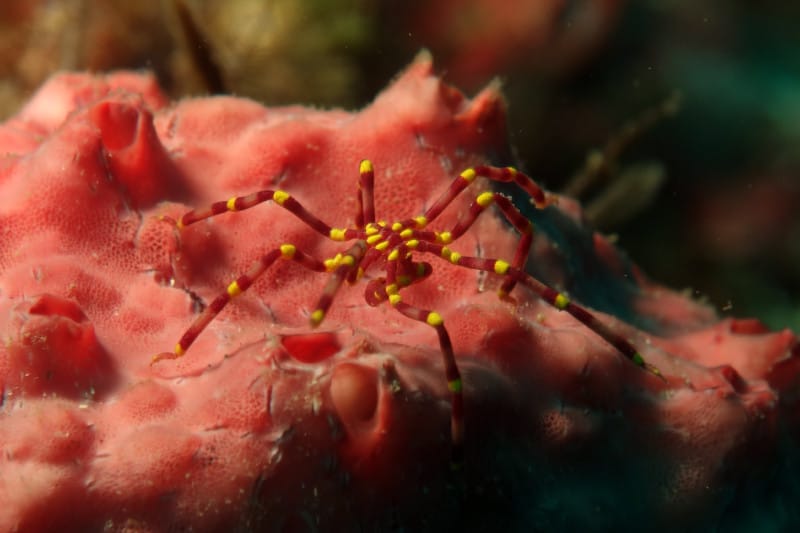
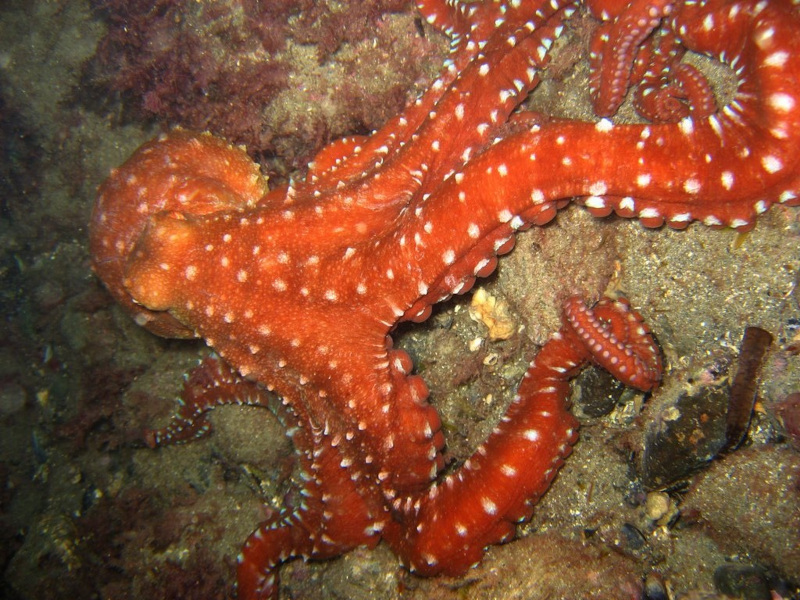
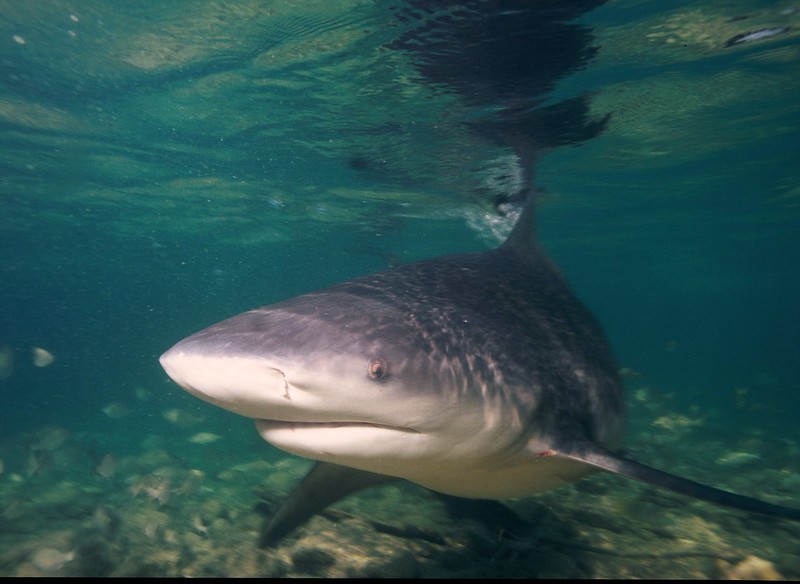
Check out our other articles on 5 Surprising Freshwater Animals, Texas Blind Salamander, Le Morne Brabant, African Tulip Tree, Asian Weaver Ant, Honey Badger, American Alligator
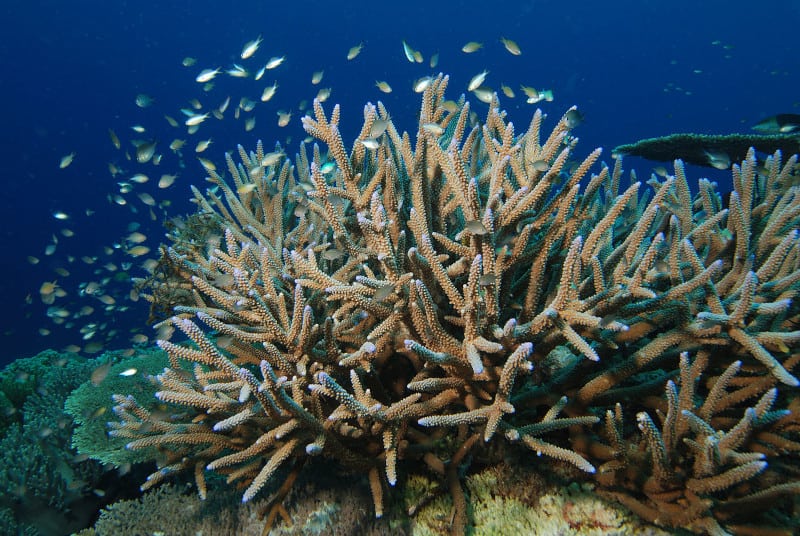
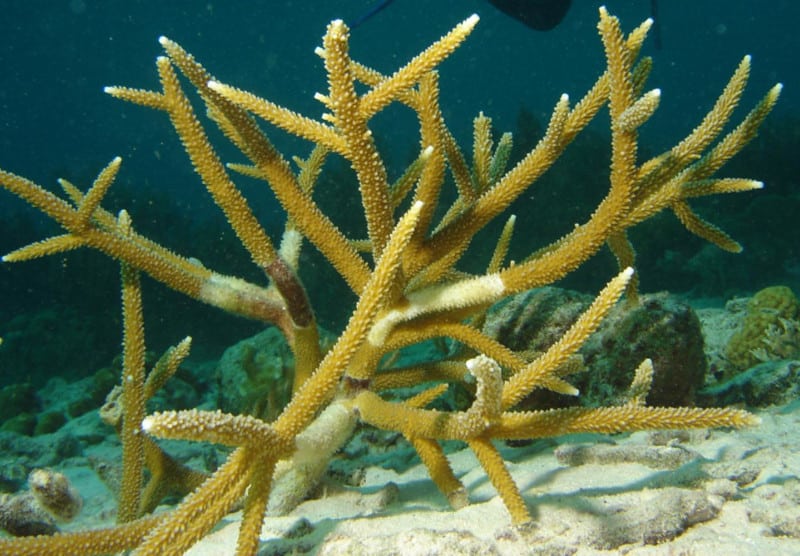
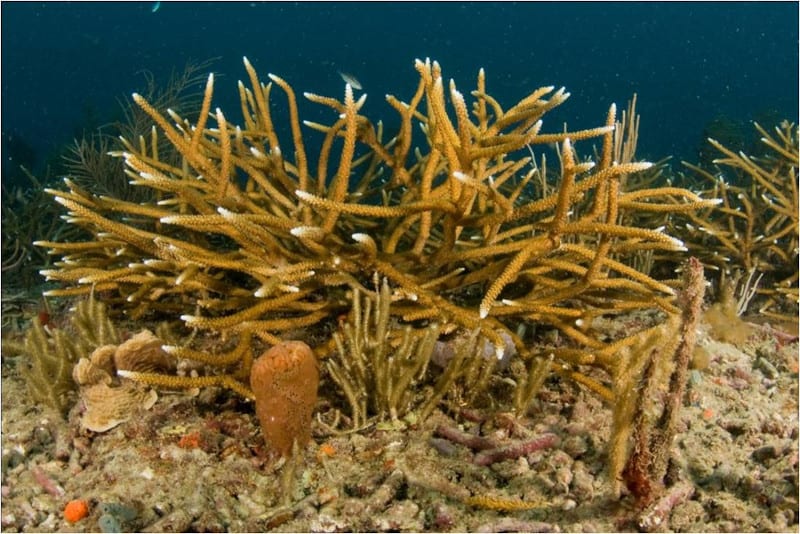









Leave a Reply